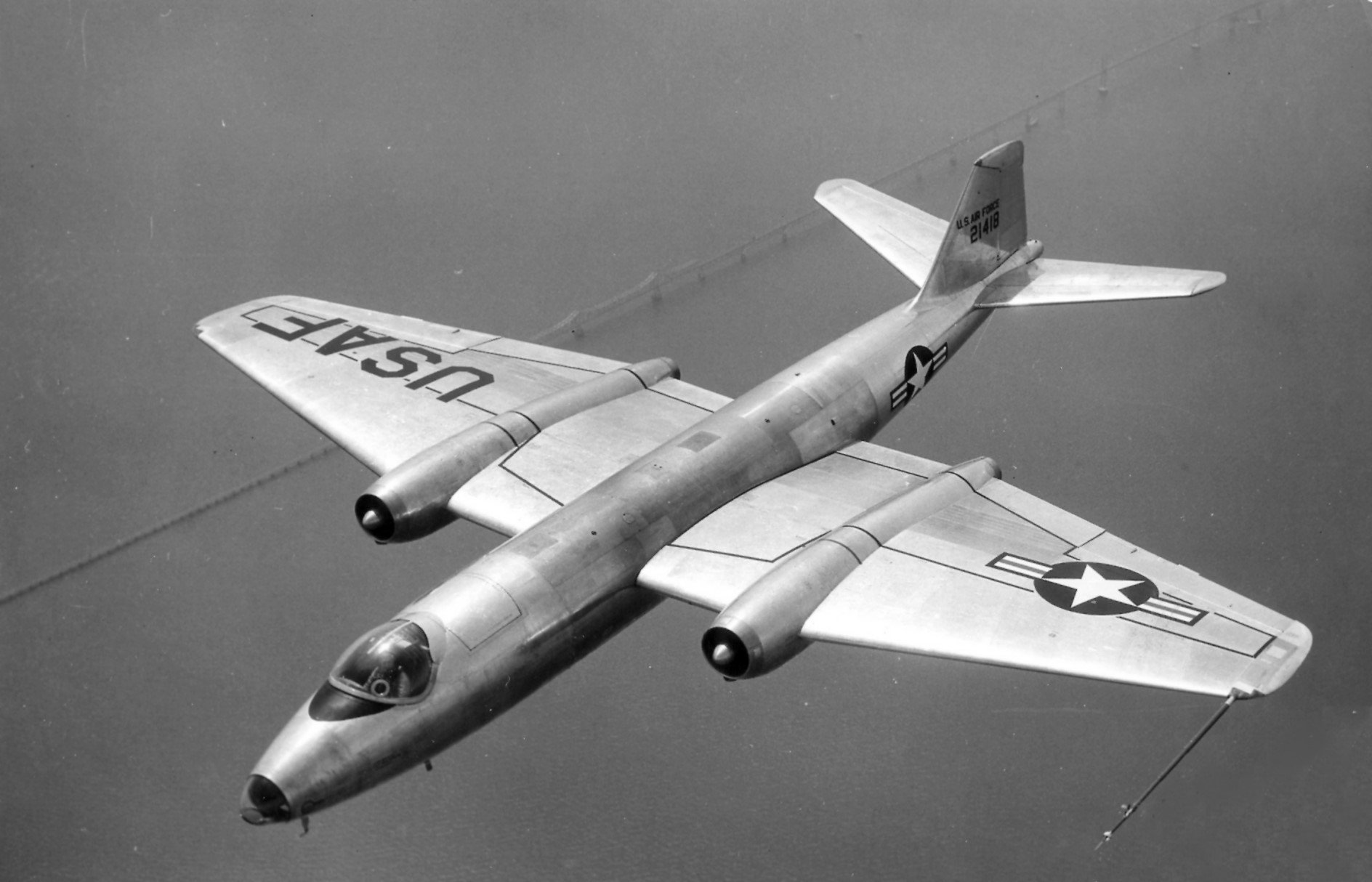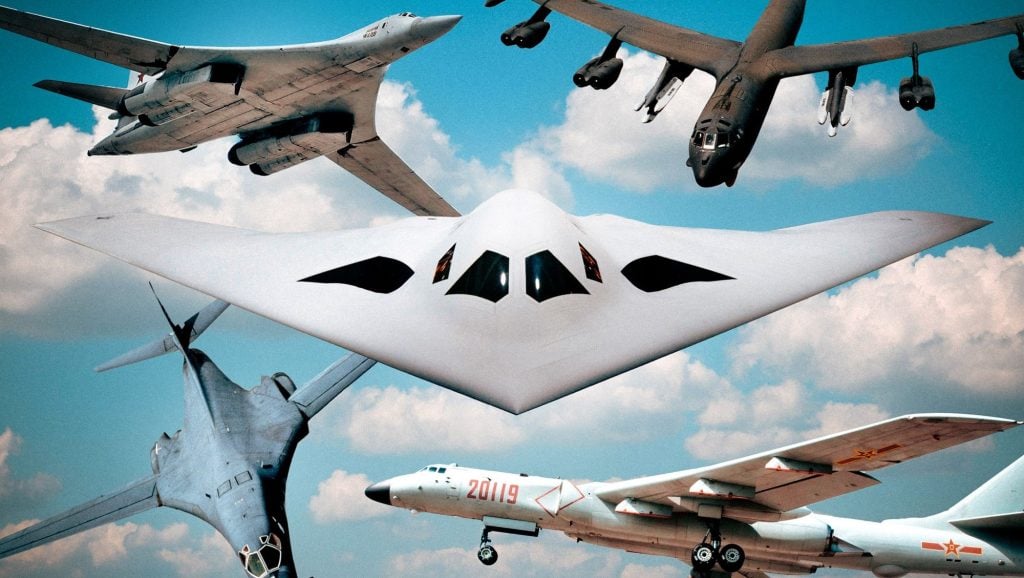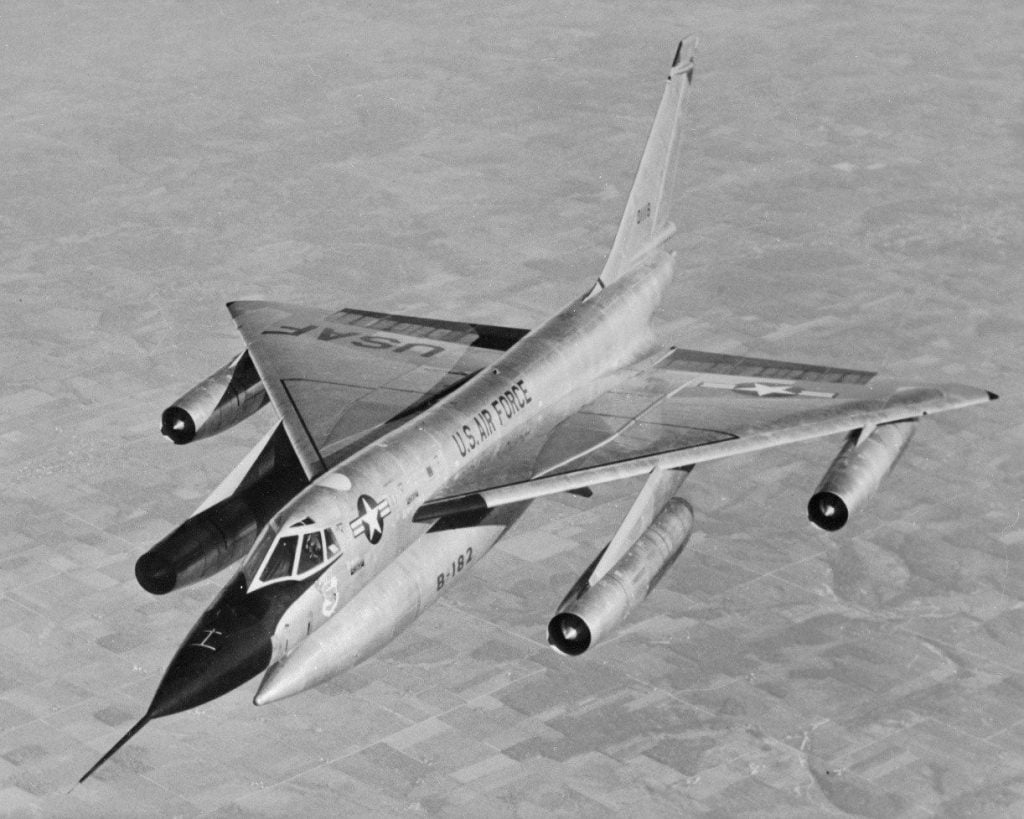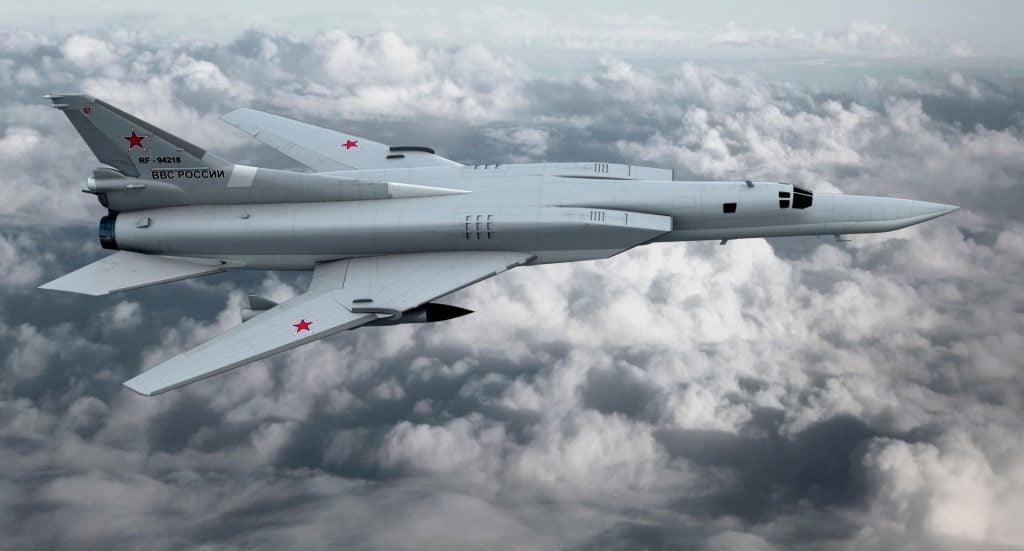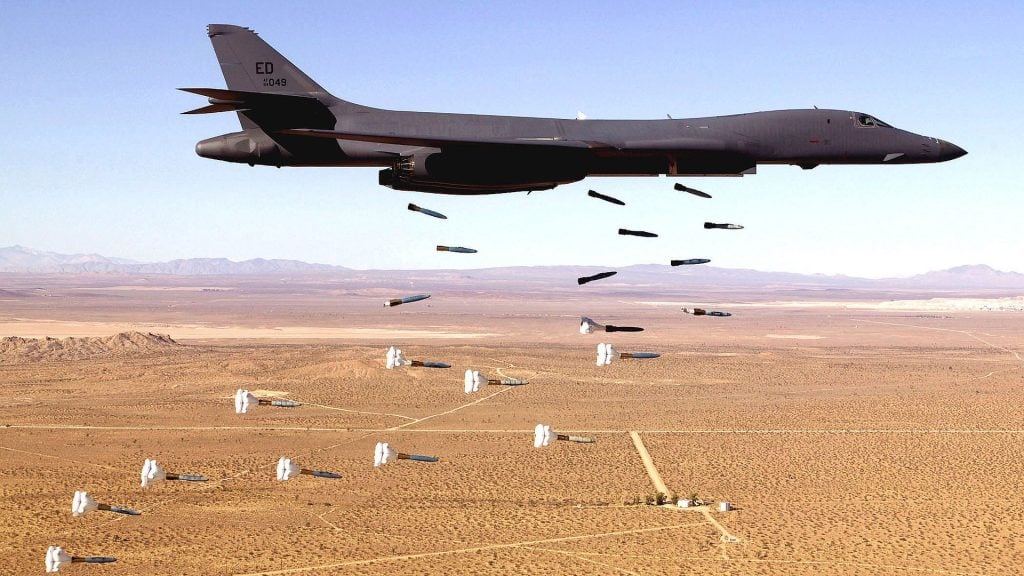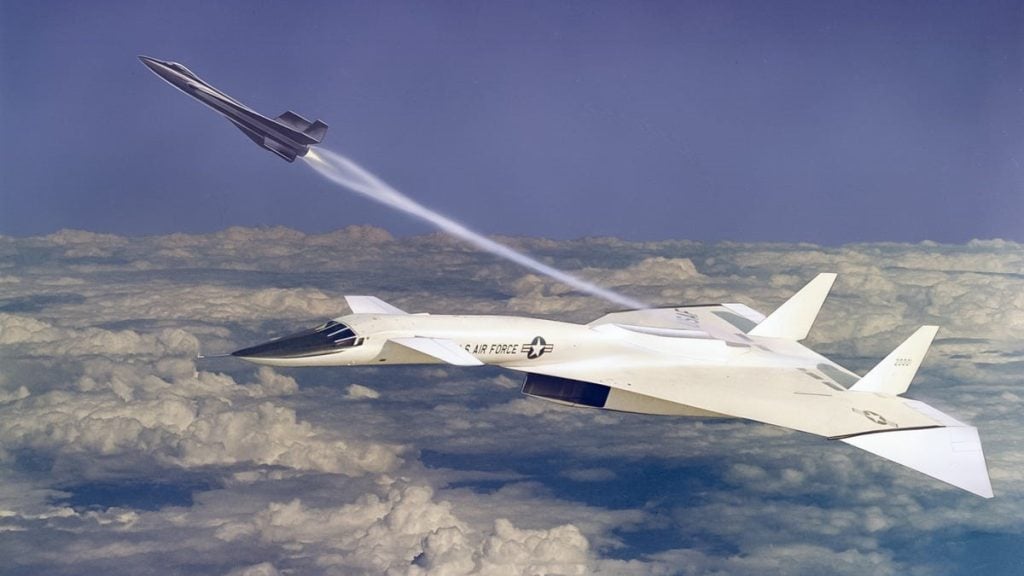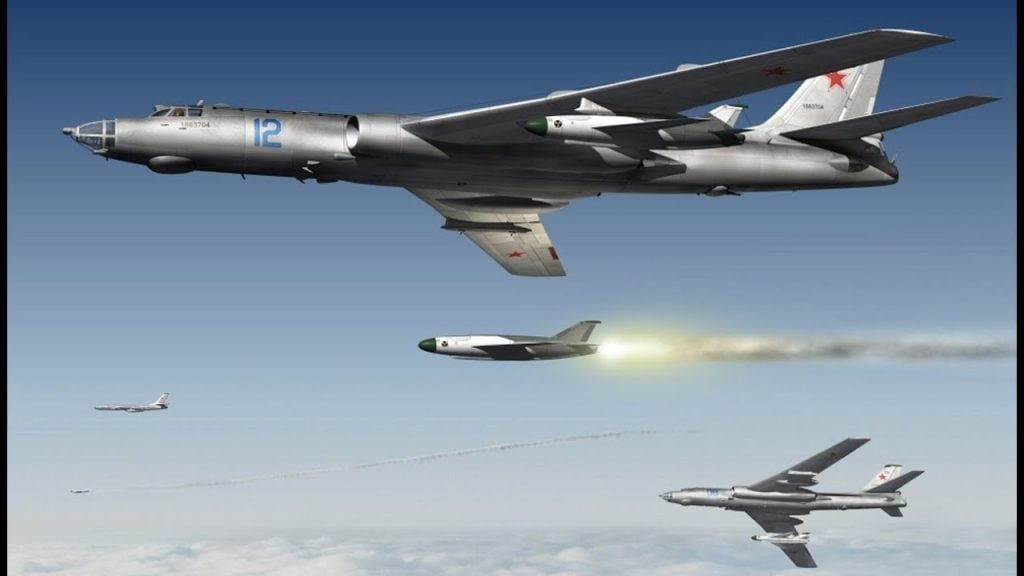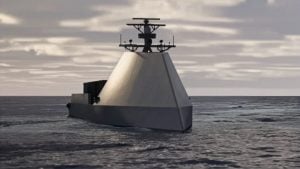The Cold War era was a tumultuous period in global history, marked by a fierce technological arms race between the United States and the Soviet Union. At the forefront of this rivalry were the development and deployment of advanced supersonic bombers – aircraft capable of reaching unprecedented speeds and altitudes, designed to deliver devastating nuclear payloads with precision. These iconic warplanes, products of cutting-edge engineering and strategic vision, not only shaped the course of the Cold War but also left an indelible mark on the annals of aviation history.
In this comprehensive article, we will delve into the stories of The Top 5 Supersonic Bombers That Ruled the Cold War Skies. From the delta-winged elegance of the Convair B-58 Hustler to the variable-sweep marvel of the Rockwell B-1 Lancer, each aircraft showcased a unique blend of performance, technology, and strategic significance. We will explore the design philosophies, operational histories, and the legacies these formidable warbirds have left behind.
The Five Most Famous Battleships Ever
1. Convair B-58 Hustler
The Convair B-58 Hustler was a true icon of the Cold War era, earning the distinction of being the United States Air Force’s first operational supersonic bomber. Designed with a sleek, distinctive delta-wing configuration and a slender “wasp-waist” fuselage, the Hustler was a technological marvel that pushed the boundaries of aviation.
Maiden Flight and Operational History: The B-58 Hustler made its maiden flight in 1956, and entered service with the USAF in 1960, remaining in active duty until 1970. During its decade-long operational tenure, the Hustler set an impressive 19 world speed and altitude records, showcasing its remarkable performance capabilities.
Armament and Capabilities: The Hustler was designed to carry a single nuclear weapon, which it could deliver at supersonic speeds and high altitudes, evading Soviet air defenses of the time. However, the development of advanced surface-to-air missiles (SAMs) forced the Hustler to fly low, severely limiting its range and strategic value.
Retirement and Legacy: Despite its impressive performance, the Hustler’s operational limitations and the rapid advancement of intercontinental ballistic missile (ICBM) technology ultimately led to its retirement in 1970. Nevertheless, the B-58 Hustler’s legacy as the USAF’s first supersonic bomber and its contribution to the technological evolution of aviation during the Cold War era cannot be overstated.
2. Tupolev Tu-22M
In the realm of Soviet supersonic bombers, the Tupolev Tu-22M, known by its NATO designation as “Backfire,” stands out as a formidable and long-serving aircraft. Developed in the late 1960s, the Tu-22M was a variable-sweep wing, long-range strategic bomber that played a crucial role in the Soviet and later Russian air forces.
Design and Capabilities: The Tu-22M’s design featured a combination of aluminum alloys, high-strength, and heat-resistant steels, along with other advanced materials, allowing it to withstand the rigors of supersonic flight. With its variable-sweep wings, the Backfire could adapt its configuration to optimize performance during different phases of a mission, from takeoff to high-speed penetration.
Operational History: The Tu-22M entered service with the Soviet Air Force in 1972 and has remained an integral part of Russia’s strategic bomber fleet to this day. During the Cold War, the Backfire was a critical component of the Soviet Union’s nuclear triad, capable of delivering both conventional and nuclear payloads.
Recent Conflicts and Modernization: In the recent full-scale Russian invasion of Ukraine, several Tu-22M bombers have been reported as either destroyed or damaged on the ground. However, the Backfire continues to play a significant role in Russia’s air campaign, with the aircraft being modernized and upgraded to maintain its relevance in the evolving strategic landscape.
3. Rockwell B-1 Lancer
The Rockwell B-1 Lancer stands as a testament to the United States’ commitment to developing a new generation of supersonic heavy bombers during the Cold War. Designed to combine the speed of the earlier B-58 Hustler with the payload capacity of the venerable B-52 Stratofortress, the B-1 Lancer has carved out a unique place in the annals of American strategic aviation.
Design and Capabilities: The B-1 Lancer is a variable-sweep wing, supersonic heavy bomber capable of reaching speeds of up to Mach 1.25. Its advanced design, including the variable-sweep wings, allowed the aircraft to adapt its configuration to optimize performance during different mission profiles, from high-speed penetration to low-level terrain-following flight.
Operational History and Future: The B-1 Lancer entered service with the USAF in 1986 and has remained a crucial component of the service’s strategic bomber fleet. As the new B-21 Raider stealth bomber prepares to enter operational service, the B-1 Lancer is expected to be the first of the existing bomber fleet to be retired, paving the way for the next generation of advanced, stealthy strike aircraft.
Enduring Legacy: Despite the impending retirement of the B-1 Lancer, the aircraft’s impact on the evolution of American strategic bombing capabilities cannot be overstated. Its combination of speed, payload, and maneuverability has made it a formidable force to be reckoned with, and its legacy will continue to shape the future of the USAF’s bomber fleet.
12 Indian Cricketers Turned Armed Forces Heroes
4. North American XB-70 Valkyrie
The North American XB-70 Valkyrie stands as a cautionary tale in the annals of Cold War aviation, a testament to the challenges of developing highly advanced, futuristic aircraft designs. Envisioned as a deep-penetration, nuclear-armed supersonic strategic bomber capable of reaching Mach 3 at altitudes of 70,000 feet, the Valkyrie was a technological marvel that ultimately met an untimely demise.
Ambitious Design and Specifications: The XB 70 Valkyrie was planned to be a six-engined bomber that would replace the ageing B-52 Stratofortress and the B-58 Hustler. With its delta-wing configuration and advanced aerodynamics, the Valkyrie was designed to fly at unprecedented speeds and altitudes, evading Soviet air defenses with ease.
Operational Challenges and Cancellation: However, the rapid advancements in Soviet surface-to-air missile technology, coupled with the growing prominence of intercontinental ballistic missiles (ICBMs), rendered the Valkyrie increasingly vulnerable and obsolete before it could even enter production. As a result, the program was ultimately canceled, with only two XB-70 prototypes ever built.
Legacy and Lessons Learned: The XB-70 Valkyrie’s short-lived existence serves as a poignant reminder of the challenges faced by defense planners during the Cold War era. The aircraft’s technological ambition and the speed with which it became obsolete underscore the dynamic and unpredictable nature of the strategic landscape at the time, and the need for adaptability and foresight in the development of future weapon systems.
5. Tupolev Tu-16 and Xian H-6
While the supersonic bombers captured the imagination of the world during the Cold War, the Tupolev Tu-16 “Badger” and its Chinese-built counterpart, the Xian H-6, played a vital role in the strategic bomber fleets of the Soviet Union and China, respectively.
Tupolev Tu-16: The Badger’s Origins and Operational History The Tupolev Tu-16 was a twin-engined strategic heavy bomber developed by the Soviet Union in the 1950s. Introduced to the Soviet Air Force in 1954, the Tu-16 served as a versatile platform capable of carrying both conventional and nuclear payloads. While it was not a supersonic aircraft, the Tu-16 played a crucial role in the Soviet Union’s strategic bombing capabilities during the early stages of the Cold War.
Xian H-6: The Chinese Continuation of the Tupolev Legacy The Xian H-6, a licensed Chinese copy of the Tu-16, has continued to be produced and upgraded by China well into the 21st century. While the original Tu-16 design has been retired from service in most successor states of the Soviet Union, the H-6 remains a mainstay of the Chinese People’s Liberation Army Air Force (PLAAF), serving as China’s primary bomber aircraft.
Adaptability and Modernization Despite their subsonic nature, the Tu-16 and H-6 bombers have demonstrated remarkable adaptability and longevity. The Chinese, in particular, have continued to modernize and upgrade the H-6, incorporating new avionics, weapons systems, and other enhancements to keep the aircraft relevant in the evolving strategic landscape.
All 7 Commands of the Indian Army and Headquarters
Conclusion
The supersonic bombers that dominated the skies during the Cold War era were not merely technological marvels; they were also symbols of the geopolitical tensions and strategic rivalries that defined that pivotal period in history. From the sleek elegance of the Convair B-58 Hustler to the variable-sweep majesty of the Rockwell B-1 Lancer, each of these iconic warbirds represented the relentless pursuit of aviation superiority and the unwavering determination to maintain a strategic advantage.
While some of these supersonic bombers, like the XB-70 Valkyrie, were ultimately rendered obsolete by the rapid pace of technological change, others, such as the Tu-22M Backfire and the B-1 Lancer, have endured and adapted, remaining integral components of their respective nations’ air forces. The legacy of these remarkable aircraft extends far beyond their operational histories, serving as testaments to the ingenuity, vision, and sheer determination of the engineers, pilots, and strategists who brought them to life.
As the world continues to evolve, and new generations of advanced, stealthy bombers like the B-21 Raider emerge, the stories of these Cold War supersonic giants will undoubtedly continue to captivate and inspire future generations of aviation enthusiasts and defense professionals alike.
FAQs
1. How many Convair B-58 Hustlers were built?
A total of 116 Convair B-58 Hustlers were built, including 86 operational aircraft and 30 test and pre-production models.
2. What was the top speed of the Tupolev Tu-22M “Backfire” bomber?
The Tupolev Tu-22M was capable of reaching speeds of up to Mach, though the exact top speed is not specified in the reference materials.
3. When did the Rockwell B-1 Lancer enter service with the US Air Force?
The Rockwell B-1 Lancer entered service with the United States Air Force in 1986 and has remained a crucial component of the service’s strategic bomber fleet since then.
4. How many North American XB-70 Valkyrie prototypes were built?
Only two XB-70 Valkyrie prototypes were ever built before the program was ultimately canceled.
5. How many Tupolev Tu-16 “Badger” bombers and Xian H-6 bombers were produced?
Over 1,500 Tupolev Tu-16 bombers were built, and more than 230 Xian H-6 bombers (the Chinese-licensed version of the Tu-16) have been produced.
